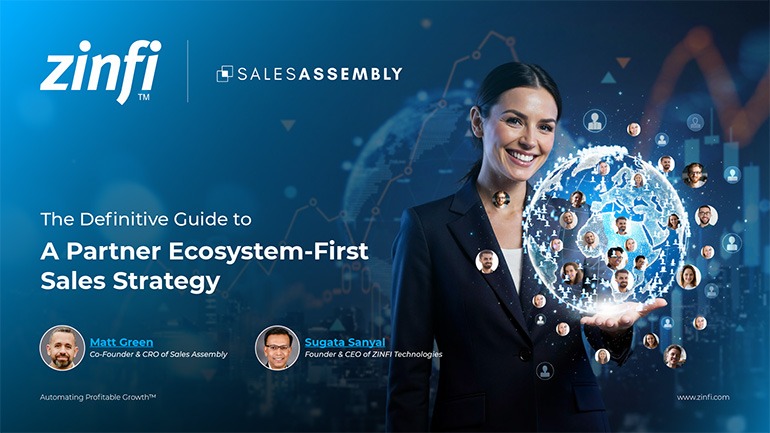The role of managed service providers (MSPs) has undergone a fundamental transformation over the last two decades. Starting as simple value-added resellers (VARs) focused on moving hardware, they evolved by adding services and, eventually, a software layer, creating new categories of service offerings. The key differentiator for success became the ability to capture recurring revenue, rather than relying on one-time sales. This transformation is critical because the central metric for valuing an MSP business today is its EBITDA (profit margin). Companies looking to be acquired for a reasonable multiple must establish strong fundamentals, focusing on growth and robust profit margins. Michelle Accardi, with her experience running roll-up MSP Logically, stresses that a healthy business is defined by its ability to generate revenue and maintain profitability.
A crucial financial benchmark discussed for these service businesses is the "Rule of 40," a metric commonly used in the SaaS world. This rule suggests that the sum of a company’s growth rate and its profit margin (EBITDA percentage) should roughly equal forty percent. Many MSPs, however, struggle to meet both growth and profitability goals simultaneously. To achieve this level of performance, MSPs must focus on driving profit through either growth (by adding new services) or improving efficiency (through cost-cutting/automation). Ultimately, businesses aiming for the highest returns should target an EBITDA margin of 15% to 20% combined with a growth engine of 15% to 20%. This strategic focus on financial health is crucial for achieving long-term success and a favorable business valuation.
Driving efficiency is the cornerstone of a successful modern managed service provider (MSP) business. Outside of the Rule of 40 metric, core success attributes for an MSP include automation, a strong toolset, and the ability to leverage resources nearshore or offshore. However, the foundational element is having the right people in place who align with the core value proposition. Beyond operational efficiency, the most critical factor is the ability to monetize the technology stack. MSPs often experiment with new technology but fail to develop offerings around it to sell to their customer base. Every dollar spent on the tech stack must be viewed as an investment intended to generate more revenue and provide additional value to the end customer. This approach ensures that the business is not just technically capable, but fundamentally profitable and scalable for the future.














